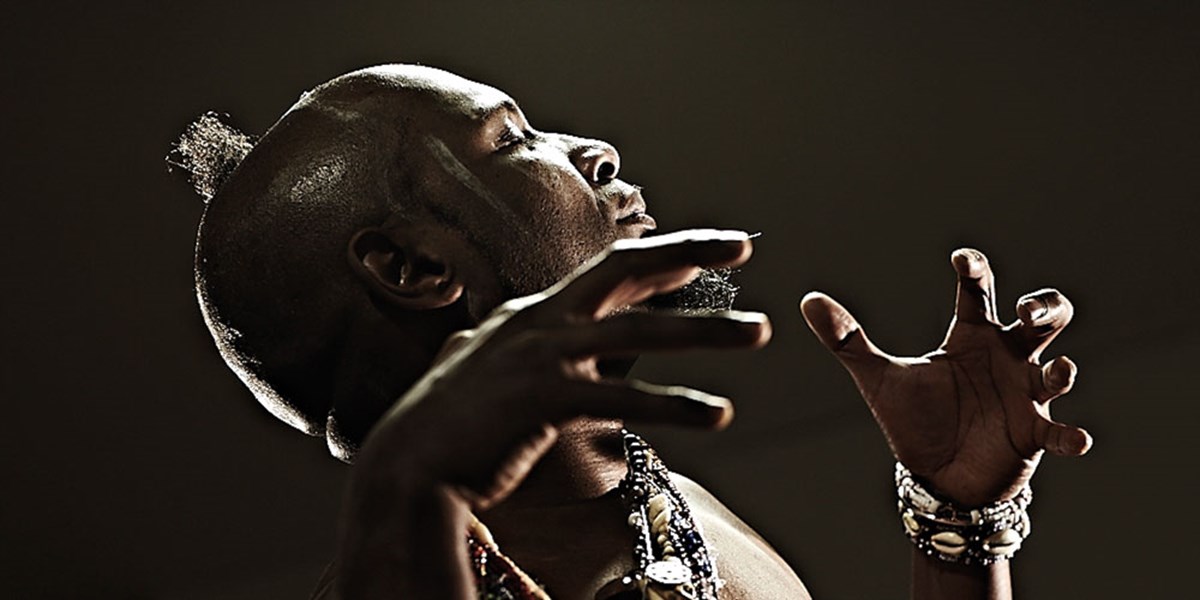Friday, May 7, 2021
Omar Sosa interview: “Music as a weapon of mass consciousness”
A prolific collaborator who has travelled extensively since leaving his Cuban homeland, Omar Sosa talks to Jane Cornwell about his fact-finding tour of East Africa and his new album, which sees him collaborate with some of the region’s leading folkloric musicians

Omar Sosa (photo: Massimo Mantovani)

Register now to continue reading

Thanks for visiting the Songlines website, your guide to an extraordinary world of music and culture. Sign up for a free account now to enjoy:
- Free access to 2 subscriber-only articles and album reviews every month
- Unlimited access to our news and awards pages
- Our regular email newsletters

